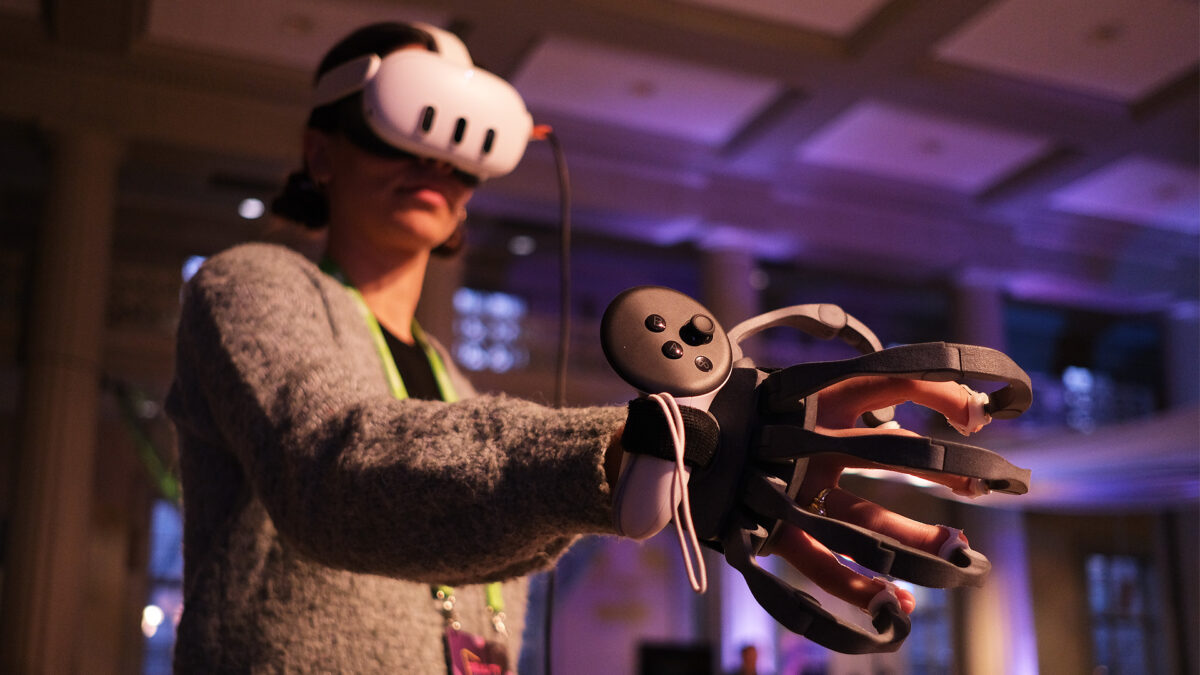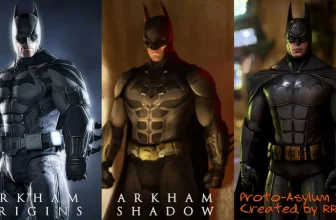
The startup Haptikos has introduced a haptic hand exoskeleton that it claims is 50% cheaper and twice as precise as existing commercial options.
The startup Haptikos, located in Sunnyvale and Athens, has emerged from stealth mode this week to showcase a prototype of their hand exoskeleton. This device is part of the Haptik OS framework, which includes both hardware and software components.
This prototype is priced at $2,500 for a pair, with individual units available for half that price. By 2026, when the final model is set to launch, Haptikos aims for a price point below $1,000 per pair. When combined with the Haptik OS operating system, which can be licensed right away, the exoskeleton aims to enhance the sensation of touch for VR and AR setups.
The exoskeleton is engineered to simulate a variety of material sensations, ranging from smooth textures to intricate surfaces. It provides 24 degrees of freedom per hand, achieves sub-millimeter motion accuracy, and lasts for 8 hours of continuous use. With a rise time of 12 ms and a drop time of 55 ms, Haptikos ensures that every touch and interaction feels instant and natural.
A range of sensors
Each exoskeleton is equipped with sensors for tracking, haptics, and kinesthetics, the latter of which will be introduced later this year. These sensors enable Haptikos to monitor the motion of each wrist. The startup guarantees a natural control over all movements, from finger bending to intricate hand gestures, ensuring that digital interactions are fluid and intuitive.
The Haptik OS serves as the software backbone and platform that connects developers, designers, and end users to build lifelike, immersive, and intuitive experiences. It comes in three licensing variants: Freemium with essential developer tools, Basic providing SDK for app integration, and Pro granting full access to AI-enhanced tools for automated customization.
Prototypes of the Haptikos exoskeleton are currently being utilized by companies like Siemens and Leonardo for sectors including medical, defense, and robotics.
We observed that the design of the Haptikos prototype bears a striking resemblance to the Dexmo gloves that MIXED evaluated five years ago.
What are your thoughts on this haptic exoskeleton? Please share your thoughts in the comments below.







